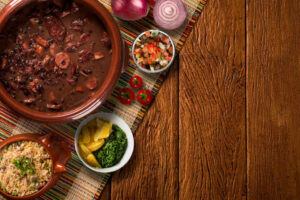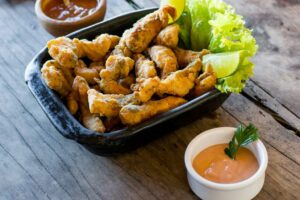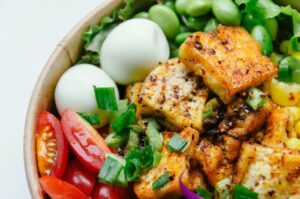Discover how coffee arrived in the country, became popular among Brazilians and ended up on the football team's shirt
Coffee is a drink much loved by Brazilians — so much so that some consider coffee a national heritage. But did you know that this tasty and aromatic fruit is not native to our lands? Yes, Brazil is the largest producer and exporter of coffee of the world, accounting for around a third of global production, but this little fruit actually came from Africa.
On May 24th, National Coffee Day is celebrated because it is on that day that the harvest begins in the main coffee growing regions of Brazil. From the field to the warm drink that arrives in our cup, there is a long way to go. As long as coffee traveled to Brazil to make its presence felt in customs, politics and even on the football team's t-shirt.
Want to know how this all happened? Check out 4 interesting facts about the history of coffee below.
The smuggled seedling
Coffee is not native to Brazil, much less the Americas. The fruit appeared in Ethiopia (Africa) and gained popularity in Saudi Arabia. It is from there, in fact, that the name arabica, the most consumed species, comes from.
To get here, the coffee took many stopovers — and some smuggling. Our imagination links coffee to Italians, but it only started to be cultivated in Brazilian lands thanks to the Dutch and French. The Dutch were the first to smuggle the fruit, taking it directly to some of their colonies, such as Suriname. France sent seedlings to French Guiana (the two countries are our neighbors to the north).
One of them ended up in Brazil. In 1727, Sergeant-Major Francisco de Mello Palheta was sent to French Guiana with the mission of reestablishing the border with his neighbors and, since he was there, why not bring a seedling and some coffee seeds, right?
The mission was successful. He gained the trust of the wife of the governor of the country's capital and brought a seedling clandestinely, hidden in his luggage. And so coffee cultivation began in Brazil.
The economic and political strength of coffee
The gateway to coffee in Brazil were two states in the Northeast: Maranhão and Bahia. Afterwards he also passed through Rio de Janeiro, São Paulo, Paraná and Minas Gerais. Today, according to Embrapa, we have coffee producers in 1,448 municipalities, spread across 16 states in the five regions of the country. In other words, a little more than a quarter of our cities have their economy in some way linked to coffee.
In 1825, almost 100 years after its arrival, coffee began a new economic cycle in the Paraíba Valley, a region in the states of São Paulo and Rio de Janeiro. It then expanded (forced by the depletion of land in the region) to the west of São Paulo and the north of Paraná.
Coffee was for a long time Brazil's main economic activity and the most important product for export. The wealth generated by the activity (obtained through the use of enslaved labor and later through the work of salaried European immigrants) promoted the development of cities, such as São Paulo, the replacement of animal transport by railways and even intensified cultural movements.
This great importance of coffee for the economy had consequences, of course, in politics. The best known is the coffee with milk policy. In the newly created Republic, the country's presidency was occupied alternately by representatives of two oligarchies of the economic powers of the time: São Paulo (coffee) and Minas Gerais (milk). The Oligarchic Republic (1898-1930) saw 11 presidents, 6 from São Paulo and 3 from Minas Gerais. When they did not elect one of their own, the two states participated in choosing the new president.
Café at the Coat of Arms of the Republic
Coffee became so important for Brazil that, after all, it officially became one of the four national symbols. It is represented in the design of the National Arms (Coat of Arms of the Republic), a symbol present in the buildings of the Executive, Legislative and Judiciary branches, in the barracks of the Armed Forces and in all public buildings. The crown on which the sword, star and shield rest is formed by a branch of fruited coffee and another of flowering tobacco.
Finally, stamped on the Seleção’s shield
It was only for a short time, but coffee was also present on the shield of the Brazilian Football Confederation. After separating from the Brazilian Sports Confederation, the CBF made two changes to the badge. The first, in 1979, simply replaced the letter “D” with “F”, maintaining the original design. The second, in 1982, completely modified the badge, which now had the Jules Rimet cup (which Brazil had definitively won in 1970), the CBF acronym at the top and a sprig of coffee.
This sprig, which Zico, Sócrates and company printed on the Spanish Cup (1982), was the logo of the Brazilian Coffee Institute (IBC), then sponsor of the National Team. Placing the identity of the Brazilian state-owned company on the badge was the way that the CBF found to circumvent FIFA's veto on sponsorships on the shirt.
The trick was short-lived: in the following two World Cups (1986 and 1990), the CBF wore a clean badge on its uniform, with just the Jules Rimet cup and the institution's acronym.


